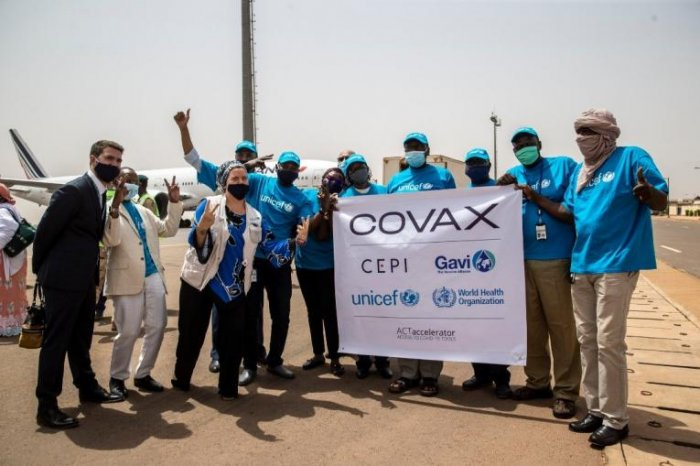Vaccines are becoming easier and easier to find in the United States, but there is a widening disparity of vaccinated citizens between the developed and developing world. While close to 50% of the United State’s population is vaccinated, some countries are hovering around 1% vaccinated with little to no increases in daily doses. The West has greater access to the procedures, funds, and means of production to provide their populations with the ability to get the COVID-19 vaccine, but there are many countries that do not have the resources necessary to keep their citizens safe. That is why there is a new initiative in place, run by WHO, to provide the poorest countries with the vaccines needed to keep the pandemic at bay. According to WHO, COVAX’s “aim is to accelerate the development and manufacture of COVID-19 vaccines, and to guarantee fair and equitable access for every country in the world.”

COVAX is run by a consortium of international organizations, including UNICEF, WHO, and Gavi (a global vaccine alliance). The organization estimates that 1.9 billion vaccines will be available by the end of 2021, and 2.8 billion available in 2021 and 2022 with 515 million doses pledged from donors outside of WHO. Wealthier countries, such as the United States and Japan have pledged vaccines from their own supply, but have secured means to directly donate their supplies to certain countries in addition to certain amounts of vaccines pledged to COVAX.
After India started seeing a large spike in cases this spring, the world sprung into action, providing resources such as medical supplies, funding, and even vaccines. In early June, President Biden pledged 25 million doses of the COVID-19 vaccine to international causes- in which 75% of those would go directly to COVAX to be redistributed. The rest of the doses will either be divided up by region or sent to specific countries, such as Canada, Mexico, India, and South Korea.
In Africa, out of the 1.3 billion continental population, only 7 million are fully vaccinated. Countries with large populations and low vaccination rates are hotbeds for COVID variants, which is why countries such as India, Taiwan, and South Africa are receiving vaccine shipments at higher rates than other developing nations with similar low vaccination rates. While it is imperative that variants be stopped from forming and subsequently spreading, COVAX and the international coalition have pledged enough doses for 20% of the participating country’s population to receive the vaccination. While this is not a high enough share to create world-wide herd immunity, it’s a step in the right direction. Vulnerable populations and healthcare workers will likely be at the front of the line when COVAX gets doses to these countries, which will alleviate the burden on the world health system.
Read More about the US’s plan for donating vaccines:
And more about COVAX:

Leave a Reply
You must be logged in to post a comment.